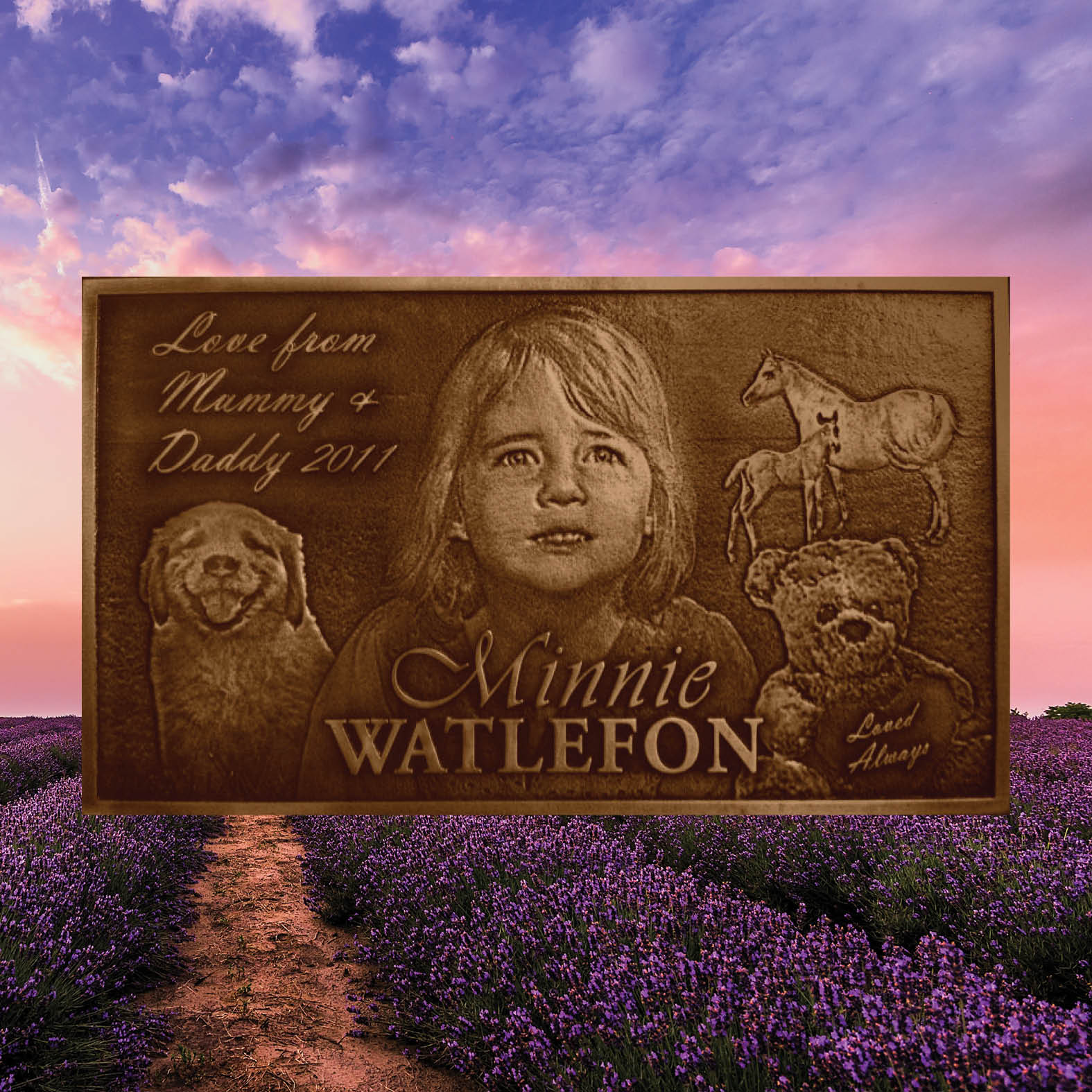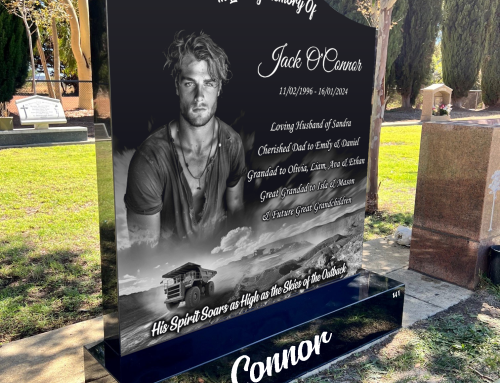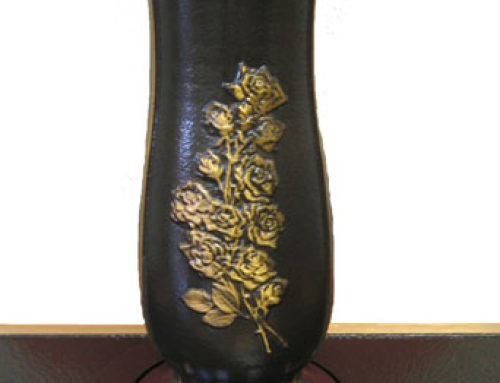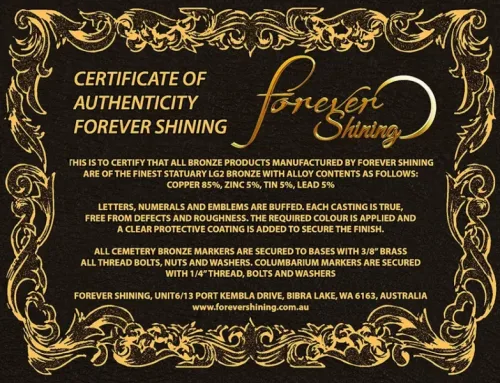You will undoubtedly find tombstone markers that resemble those in contemporary cemeteries if you search through any old cemetery. They’re commonly marked with a name, birth year, and death year. However, the parallels frequently end there. Have burial markers always been solid pieces of stone embedded in the earth and inscribed with details about the person interred there? Find out more about the development of grave markers and how we arrived at the ones we use today:
Ancient Grave Markers
The earliest grave markers can be traced back to the Celtic and Roman cultures of 3,000 BCE.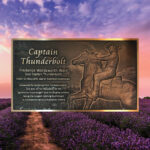
Rather than stones used to mark the burial places of individual people, these old markers were large, megalithic constructions meant to honor an entire burial chamber. Instead of being buried in communal cemeteries, people were buried in smaller plots near their homes, and an individual burial chamber could hold several generations of family members.
Burials in Churchyards
 In the middle of the 17th century, churchyard burials—in which members of one particular church shared space on a plot owned by the church—began to gain popularity. With this modification, individual or family burials rather than entire chambers are now marked. At this time, grave markers were made of slate or sandstone and inscribed simply with the deceased person’s name.
In the middle of the 17th century, churchyard burials—in which members of one particular church shared space on a plot owned by the church—began to gain popularity. With this modification, individual or family burials rather than entire chambers are now marked. At this time, grave markers were made of slate or sandstone and inscribed simply with the deceased person’s name.
Growing Inscriptions
The techniques and practices people used to remember the dead expanded throughout the 19th century, and along with this expansion, the practices surrounding grave markers changed. Grave markers at this time began to have inscriptions with artwork and brief sayings, or epitaphs, that remembered the decease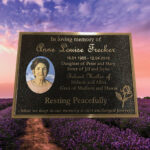 d rather than simply transmitting basic information to collective memory. With the introduction of professional mourners and elaborate funeral traditions during the Victorian era, grave markers’ level of complexity also increased. At this time, symbols indicating the deceased’s religious beliefs, social position, occupation, and other features were etched into the stone, such as wings, a weeping willow, or the Eye of Horus.
d rather than simply transmitting basic information to collective memory. With the introduction of professional mourners and elaborate funeral traditions during the Victorian era, grave markers’ level of complexity also increased. At this time, symbols indicating the deceased’s religious beliefs, social position, occupation, and other features were etched into the stone, such as wings, a weeping willow, or the Eye of Horus.
Modern Grave Markers
In terms of burial markers, much of what was established in the Victorian era has been preserved today, but advancements in technology have allowed us to personalize these stones even more.
Some grave markers have genuine pictures or other souvenirs of the departed, and it is possible to etch whole portraits of the deceased into the stone. The items used by mourners to pay respect to the departed at the cemetery site are now largely constrained by their finances and imaginations.
What do we offer?
We produce robust, unique plaques that provide the customer with a completely new degree of hands-on creative engagement. Create and order a custom Bronze Plaque with the help of our user-friendly, online Design System. Get the best goods at the best price sent right to your door, complete with a unique custom bronze plaque that you designed in the comfort of your own home. Paying for numerous appointments and designers is not necessary. Simply use our “Design Your Own” software to explore your imagination.


